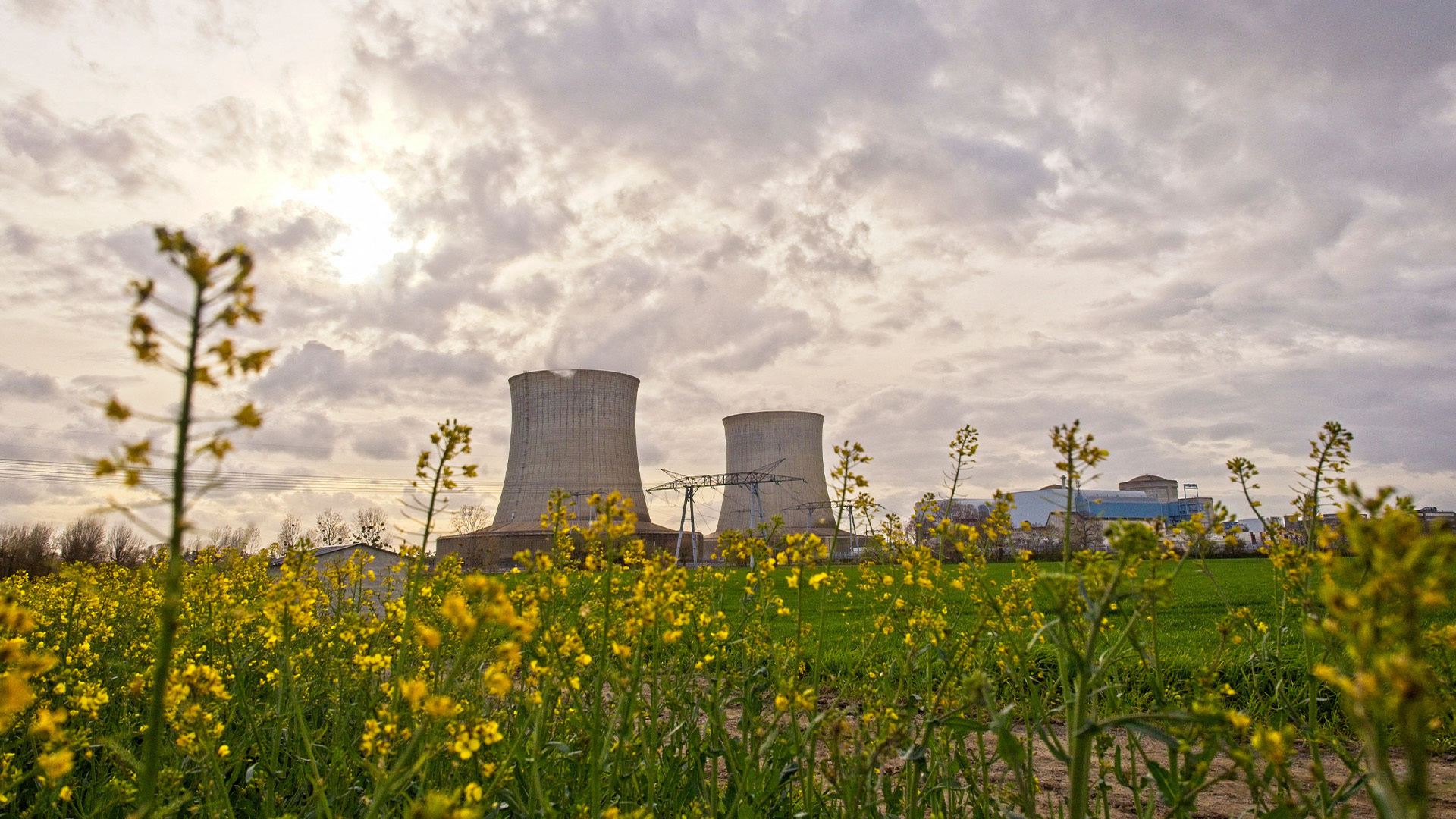
A RECENTLY ESTABLISHED NUCLEAR FUSION RECORD HELD BY CHINA HAS BEEN BEATEN OUT BY A REACTOR IN FRANCE.
NUCLEAR FUSION REACTORS LIKE THESE MIMIC THE ENERGY GENERATION PROCESS OF THE SUN.
IN ORDER TO ACHIEVE THAT, SCIENTISTS MUST CREATE AND MAINTAIN PLASMA—AN EXTREMELY HOT STATE OF MATTER WHERE LIGHT ATOMS CAN FUSE INTO HEAVIER ONES AND RELEASE ENERGY.
WHILE FUSION POWER PLANTS HAVE THE POTENTIAL TO GENERATE SUSTAINABLE, CONTINUOUS POWER-
THE TECHNOLOGY STILL CURRENTLY CONSUMES MORE ENERGY THAN IT PRODUCES.
LAST MONTH WE TOLD YOU ABOUT CHINA’S ADVANCEMENTS TOWARDS SOLVING THIS PROBLEM.
THE NATION’S EXPERIMENTAL ADVANCED SUPERCONDUCTING TOKAMAK NUCLEAR FUSION REACTOR MAINTAINED THE LONGEST STEADY-LOOP OF SUPER HOT PLASMA EVER RECORDED-
TOTALING A LITTLE UNDER 18 MINUTES.
BUT THAT HIGH MARK HAS NOW BEEN TOPPED-
ACCORDING TO THE FRANCE’S ALTERNATIVE ENERGIES AND ATOMIC ENERGY COMMISSION.
WITH TEMPERATURES EXCEEDING 90 MILLION DEGREES FARENHEIT-
THEIR REACTOR WAS ABLE TO MAINTAIN A STEADY-LOOP OF HOT PLASMA FOR MORE THAN 22 MINUTES.
THIS ADVANCEMENT-
AS WELL AS THE ONE ACHIEVED BY CHINA IN JANUARY-
WILL BE USED TO INFORM THE DEVELOPMENT OF INTERNATIONAL THERMONUCLEAR EXPERIMENTAL REACTOR.
THAT REACTOR IS CURRENTLY UNDER CONSTRUCTION AND IS ALSO LOCATED IN FRANCE.
IT IS THE PRODUCT OF A GLOBAL COLLABORATION ON FUSION TECHNOLOGY INVOLVING DOZENS OF COUNTRIES-
AND EXPECTS TO BEGIN OPERATIONS IN 2039 AT THE EARLIEST.
FOR STRAIGHT ARROW NEWS, I’M JACK AYLMER.











